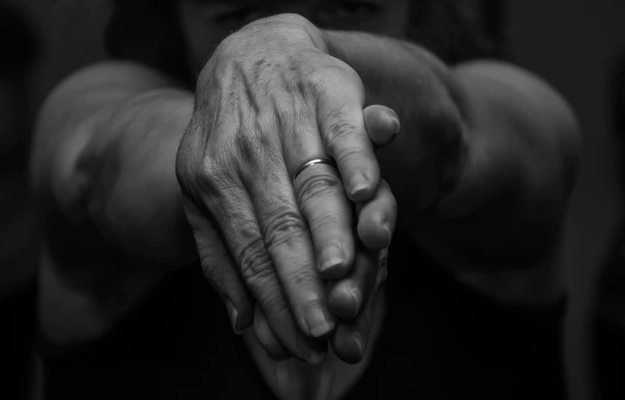What is septic arthritis?
Septic arthritis (SA), or infectious arthritis, is an infection of the fluid and tissues of a joint. It mainly occurs due to infectious agents that reach the joints via the bloodstream or by injury which facilitates the entry of germs into the joint. It is a severely disabling condition that affects all age groups. In infants, it occurs more commonly due to their innately deficient defence mechanisms. The incidence in new born babies in India is 1 in 1500.
What are its main signs and symptoms?
SA of the knee and hip is commonly seen in older children and adults, whereas SA of the hip and shoulder is common in newborns. The most common symptoms include pain, fever, swelling, tenderness, redness and limping. Symptoms differ with age. Usually, a single joint is affected, but in rare cases, multiple joints may be affected. The intense joint pain can lead to worsening or further immobilisation of the affected joint. Reactive arthritis can also occur due to infection in different parts of the body.
Infants and new-borns may exhibit the following symptoms:
- Crying when the affected joint is moved
- Fever
- Not able to move the infected joint
- Fussiness
What are the main causes?
It is mainly caused by bacteria and rarely by fungi or viruses.
Organisms that commonly cause SA are:
- Staphylococci
- Haemophilus influenza
- Gram-negative bacilli
- Streptococci
Bacterial entry into the joint space can be through:
- Underlying infection from other parts of the body
- Infected wounds
- Open fractures that penetrate the skin
- Foreign body penetrating the skin
- Trauma
How is it diagnosed and treated?
Doctors usually diagnose SA by taking a complete medical history, performing a physical examination and conducting laboratory tests. The following tests may be recommended:
- Joint fluid analysis: To detect the infectious agent in the joint fluid.
- Blood tests: To check the severity of infection and immunologic reactions, if any.
- Microbiological analysis: To determine the type of bacteria/fungus/virus in the body.
- Imaging tests: X-rays, ultrasound and MRI of the affected joint.
The treatment for SA mainly focuses on the right choice of antibiotics depending on the organism causing infection and the tolerance of the patient towards these medicines. The treatment may last for two to six weeks. Joint drainage using a needle or by arthroscopy is often done for the antibiotics to work. Open surgery may also be done for joints that are difficult to drain. Joint drainage helps to eradicate the infection, relieve pain and hasten recovery.
Other symptomatic treatments include:
- Pain and fever relieving medications.
- Physical therapy to maintain muscle strength and range of motion of the joint.
- Use of splints to relieve joint pain.
- Limit unnecessary movement of the joint.
Self-care tips:
- It is most important to take ample rest and protect the affected joint from external pressure or damage.
- Elevating the joint above the level of the heart and use of cold compresses may help relieve pain.
- After recovery, engage in gentle exercises to regain muscle strength and range of motion.
- Foods rich in omega-3 fats can help reduce inflammation and aid in the treatment. These are:
- Oily fish like salmon and sardines
- Linseeds
- Walnuts
(Consult a doctor with Doctor app)

 Doctors for Septic Arthritis (SA)
Doctors for Septic Arthritis (SA) 


















